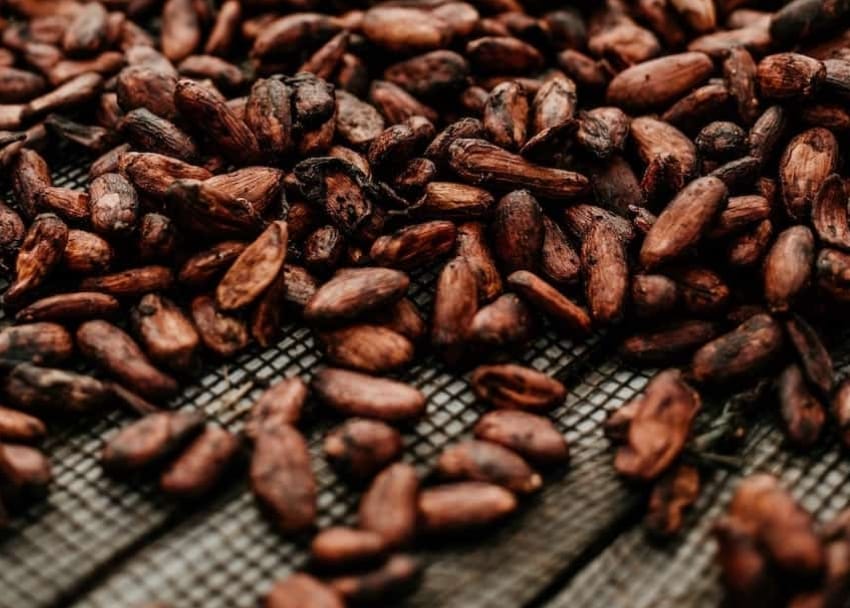Business
Cocoa Prices Soar to Record High of $10,000 per Metric Ton

The unprecedented surge in cocoa prices, reaching $10,000 per metric ton, marks a pivotal moment in the global cocoa market’s history, reflecting the culmination of various factors impacting the commodity’s trading landscape.
The surge can be primarily attributed to supply chain disruptions stemming from adverse weather conditions in key cocoa-producing regions, leading to reduced yields and a consequent scarcity of cocoa in the market, thereby driving prices to record highs.
Furthermore, the global shipping crisis has compounded these challenges by causing delays and logistical obstacles in the transportation of cocoa beans, exacerbating concerns about supply shortages, and contributing to the escalation of cocoa prices.
The increasing demand for cocoa-based products, particularly in emerging markets with expanding consumer bases, has also played a role in propelling prices upwards as manufacturers grapple with higher input costs and pass on these expenses to consumers through elevated product prices.
While the surge in cocoa prices presents opportunities for increased revenues and improved livelihoods for cocoa farmers in producing countries, particularly for smallholder farmers, accessing markets may pose a challenge amidst the current market dynamics.
Chocolate manufacturers and confectionery companies are currently facing challenges due to higher input costs, potentially affecting their profitability and pricing strategies. Some may respond by adjusting product formulations, exploring alternative ingredients, or passing on increased costs to consumers through higher retail prices.
The surge in cocoa prices not only impacts individual companies but also has broader economic implications for countries heavily reliant on cocoa exports for revenue generation, such as Côte d’Ivoire, Ghana, and Ecuador. These nations must navigate currency fluctuations, inflationary pressures, and supply chain disruptions to fully benefit from the higher cocoa prices.
Given the unprecedented nature of the current cocoa market conditions, industry stakeholders are closely monitoring developments and implementing strategies to mitigate risks and capitalize on emerging opportunities. Enhancing supply chain resilience, investing in sustainable cocoa production practices, and diversifying cocoa-dependent economies are crucial for the long-term viability of the cocoa industry.
The trajectory of cocoa prices moving forward will be influenced by various factors, including weather patterns, global economic trends, and shifts in consumer preferences. While short-term supply chain disruptions may be driving the current surge in prices, addressing underlying challenges in the cocoa sector and fostering collaboration among stakeholders will be key to ensuring a sustainable and prosperous future for the global cocoa industry.
The recent record-breaking surge in cocoa prices to $10,000 per metric ton reflects the culmination of supply and demand dynamics impacting the cocoa market. As industry stakeholders navigate these unprecedented market conditions, it is essential to adapt to the changing landscape and implement strategies to thrive in the evolving cocoa industry.
